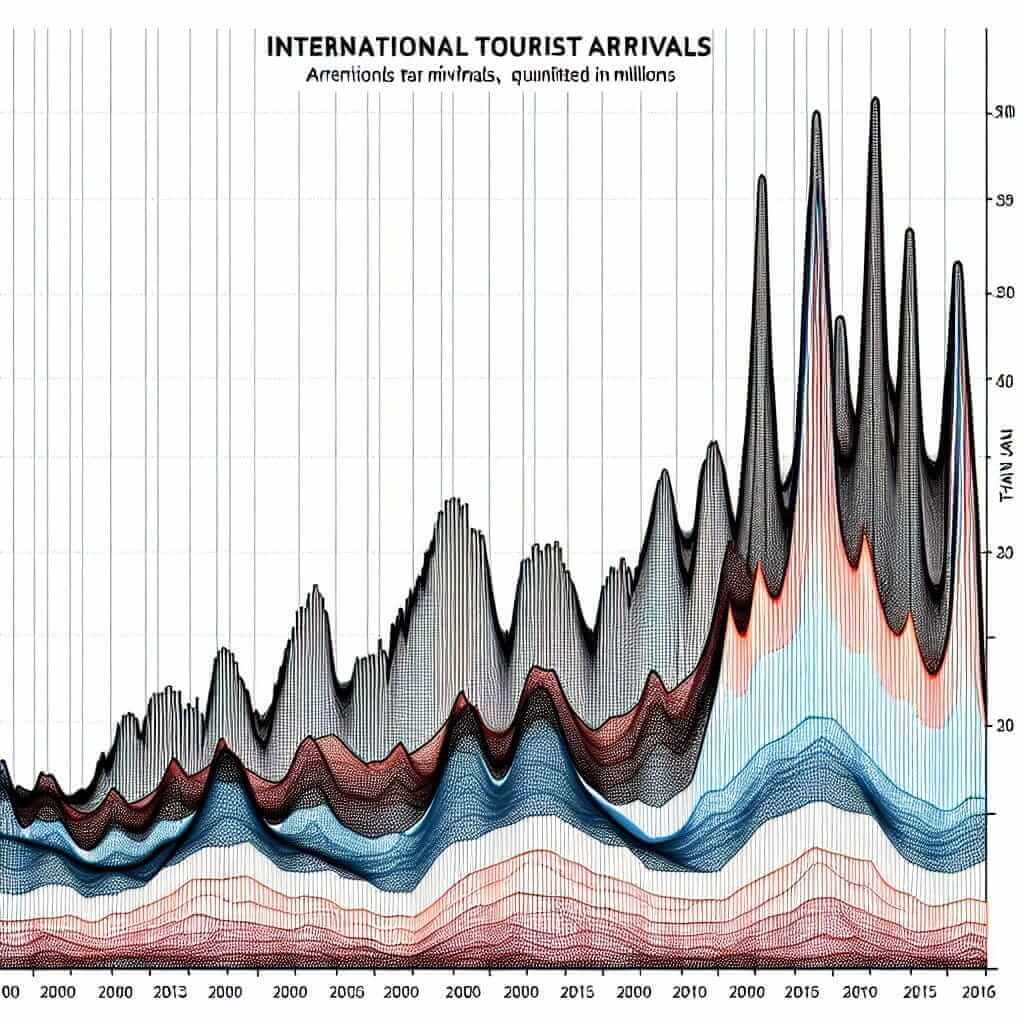The IELTS Writing Task 1 can often seem daunting to many candidates preparing for the exam. Understanding this task’s nuances and preparing systematically can make a significant difference in your overall band score. This article aims to provide thorough insights into handling IELTS Writing Task 1 effectively.
Nội dung bài viết
- What is IELTS Writing Task 1?
- Types of Tasks
- Key Requirements
- Providing Examples and Practical Application
- Example 1: Line Graph
- Instruction: Describe the Line Graph Below
- Model Answer:
- Example 2: Pie Chart
- Instruction: Describe the Pie Chart
- Model Answer:
- Common Mistakes and How to Avoid Them
- Common Errors
- Tips to Avoid Mistakes
- Effective Practice Strategies
- Conclusion
What is IELTS Writing Task 1?
IELTS Writing Task 1 requires candidates to describe visual information presented in graph forms such as charts, tables, maps or processes. This task evaluates your ability to present a clear, coherent, and accurate description of the given data within a 150-word count.
Types of Tasks
In IELTS Writing Task 1, the types of visual information typically include:
- Line Graphs
- Bar Charts
- Pie Charts
- Tables
- Diagrams (Processes, Flow Charts, Maps)
Key Requirements
- Understanding the Visual Data: Carefully analyze the provided information.
- Organizing Your Response: Structure your writing logically with a clear introduction, body, and conclusion.
- Using Appropriate Language: Employ a variety of vocabulary and correct grammatical structures.
Providing Examples and Practical Application
Example 1: Line Graph
Instruction: Describe the Line Graph Below

The given line graph illustrates the number of international tourist arrivals in three different countries from 2000 to 2015.
Model Answer:
The line graph depicts the annual international tourist arrivals (in millions) in the USA, France, and Japan over a 15-year period from 2000 to 2015. Overall, the USA experienced the highest number of tourist arrivals throughout the period, while Japan saw a significant fluctuation.
In 2000, the USA had the highest tourist numbers at 70 million, which steadily increased to 85 million by 2005. From 2005 to 2010, a noticeable surge brought the figure up to approximately 100 million. However, the following years showed a stabilization, concluding at about 95 million in 2015.
France started with 50 million visitors and saw a gradual rise to a peak of 75 million in 2012. After a slight decline, it ended with around 70 million in 2015. Conversely, Japan initially had around 30 million visitors, dipped in 2003 to 25 million, and then rose substantially to 55 million in 2015.
Example 2: Pie Chart
Instruction: Describe the Pie Chart
The pie chart illustrates the proportion of energy consumption in 2016, categorized by different sources in Australia.
Model Answer:
The pie chart demonstrates energy consumption in Australia in 2016, divided among several sources. The largest contributor was coal, comprising 38% of the total energy use, followed by natural gas at 30%. Renewable energy sources, including wind and solar power, accounted for a combined total of 15%. Oil represented a smaller segment with 12%, and other sources made up the remaining 5%.
Common Mistakes and How to Avoid Them
Common Errors
- Misinterpreting Data: Confusing numbers and trends can lead to inaccurate descriptions.
- Word Count Issues: Writing too little or too much can penalize your score. Aim for around 150 words.
- Poor Organization: Failing to structure your essay logically reduces clarity and coherence.
- Inadequate Vocabulary: Repeating the same words or using inappropriate language can lower your score.
- Grammar Errors: Consistent grammatical mistakes can significantly impact your band score.
Tips to Avoid Mistakes
- Practice with Real Exam Questions: Use past IELTS Writing Task 1 questions to familiarize yourself with different types of visual data.
- Plan Before Writing: Spend 2-3 minutes understanding the graph/chart and plan the structure of your description.
- Use Synonyms and Varied Vocabulary: This demonstrates linguistic proficiency without repetition.
- Double-Check Grammar and Spelling: Allocate time to proofread your work for errors.
Effective Practice Strategies
- Regular Practice: Dedicate specific time daily or weekly for IELTS Writing Task 1 practice.
- Use Reliable Resources: Refer to well-regarded IELTS preparation books, websites, and past exam papers.
- Seek Feedback: Get your practice responses reviewed by a tutor or use online platforms offering essay correction services.
- Analyze Model Answers: Study high-scoring responses to understand the components of a successful answer.
- Time Management: Practice writing under exam conditions to improve speed and accuracy.
Conclusion
Mastering IELTS Writing Task 1 requires understanding the task’s requirements, consistent practice, and the ability to describe visual information accurately and coherently. With proper preparation, utilization of varied vocabulary, and emphasis on grammatical accuracy, you can confidently tackle this section of the IELTS exam.
Engage with this content by leaving a comment below with your questions or sharing your own tips for handling IELTS Writing Task 1. Don’t forget to explore other valuable resources on our website for more insights and practice materials.